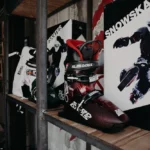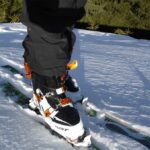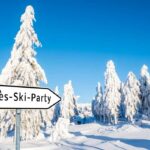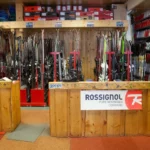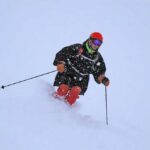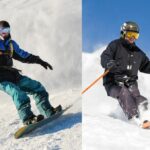As you venture into the world of skiing, you may come across a few different terms. One of them will be Nordic skiing. Intimating right? Gliding down a snowy mountain for miles at an average speed of 40-60 miles per hour.
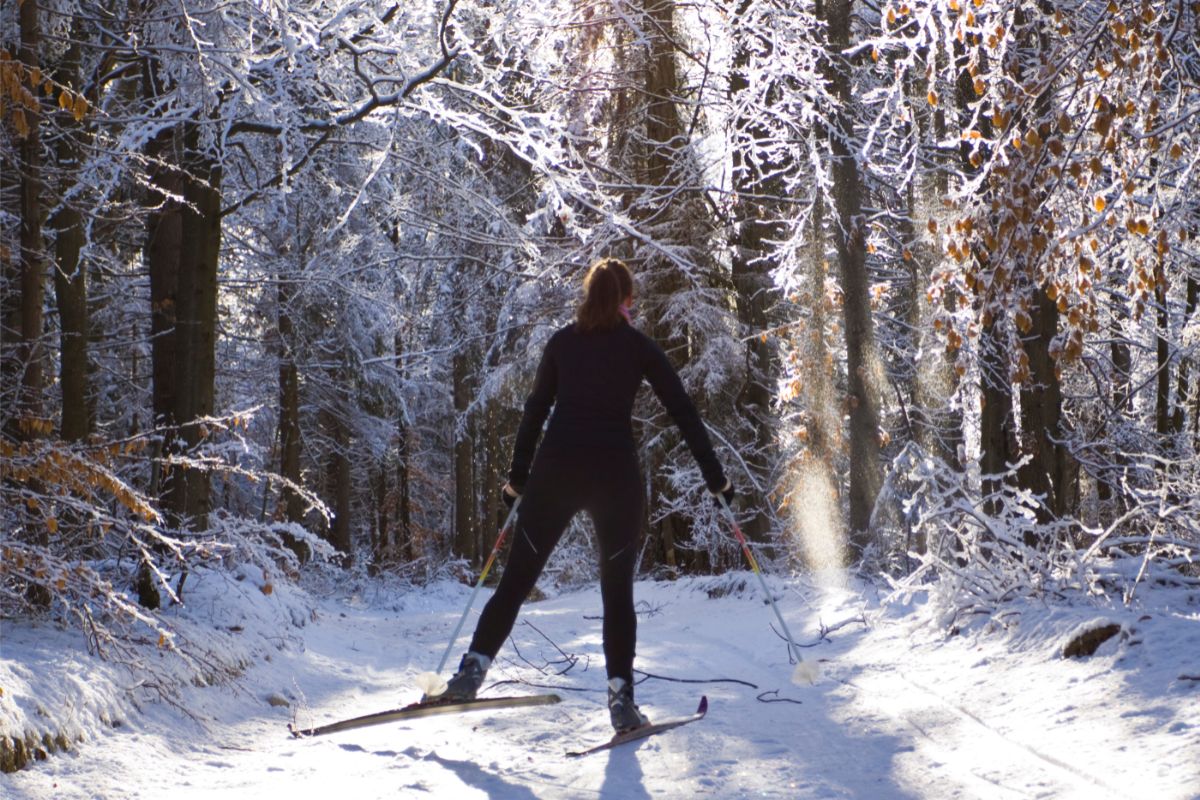
If this sounds like the perfect activity for you, then you may want to take a closer look into the world of skiing.
Below is everything you need to know about Nordic skiing. From how it began to what it is today and how you can get involved. You could start your nordic skiing journey today. All you need to do is read this article for a quick overview of what you are getting yourself into.
History Of Nordic Skiing
Nordic people began using boards and eventually poles to go more quickly through the snow, which led to the development of Nordic skiing. This has been evolving for many ages and dates back more than 5,000 years.
The Finnish began using long single poles in the early 1500s, and by the late Middle Ages, significant progress had been made.
Skiing quickly became a recreational activity by the 1800s rather than a strategic form of transport.
The first ski binding was created at this time by Sondre Norheim of Telemark, Norway.
The first recorded race took place in 1842, and by the 1930s, the Olympics had established distinct boundaries between classic downhill skiing and Nordic skiing based on the sorts of bindings that should be used.
Cross-country, telemark, and alpine touring are the three main types of Nordic skiing that have emerged over time.
As you try to decipher the meaning of Nordic skiing you may find yourself confused. Depending on which part of the world you are researching. Below you will find the explanation to all of your questions.
Nordic Skiing Today
When you hear the word skiing you probably think of commercial skiing downhill at resorts in the Alps. Nordic skiing uses a free-heel binding system which differs from the flat-foot binding used to ski in the Alps.
Nordic skis are also much lighter and narrow which allows the skier to move quickly. However, this can differ depending on the type of Nordic skiing the person is participating in.
Out of all the types of Nordic skiing, the majority of people will start with traditional cross-country skiing. This is the most well-liked style of Nordic skiing, it is performed on well-maintained tracks with parallel grooves in the snow serving as skiers’ guides.
The classic stride is perhaps the simplest to get used to if you’re switching from downhill to Nordic or cross-country skiing for the first time.
Types Of Nordic Skiing
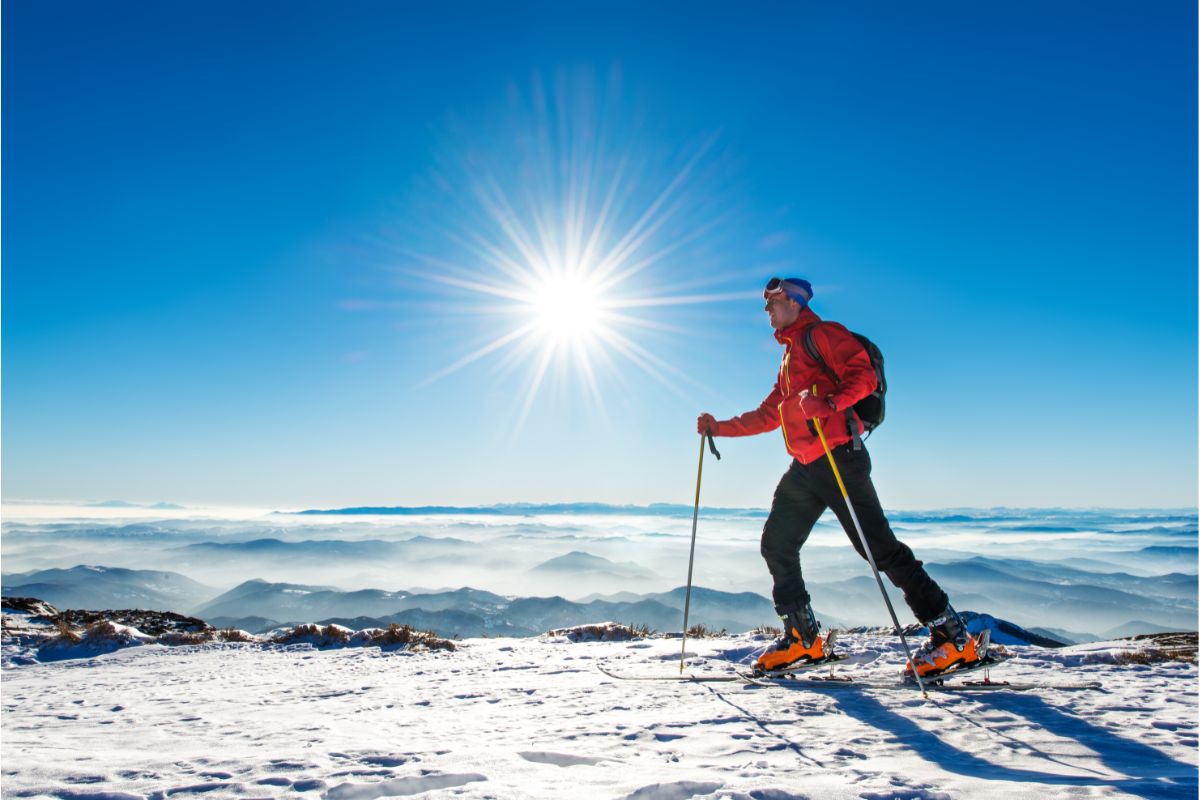
As mentioned above there are 3 different types of Nordic skiing. This includes cross-country, telemark, and alpine touring. We have explained each type of Nordic Skiing below.
Cross Country Skiing
Within cross-country skiing, there is a style to suit everyone’s needs. They are extremely versatile, however, you must understand the equipment needed for each one:
- Classic Cross Country. This is the simplest and easiest form of cross-country skiing to learn. It takes place on the tracks allowing you to glide without having to have too much skill. Simply slide one foot in front of the other using alternating poles. This form can be compared to when you walk and can become a great cardio workout. Perfect for beginners, intermediate, and advanced skiers.
- Skate Skiing. The name comes from how ice skating and this stride are quite similar. The skier uses a diagonal push to advance, but unlike ice skating, you won’t gain much speed without putting in a lot of work because you won’t have as much momentum as on ice. To go ahead, you must make lateral movements and changes in body weight.
- Light Touring. This is a form of skiing that allows you to go off the trail at a slower pace. Using the same free heel binding and a wider shape allows the skier to feel more secure when skiing off the patch. Light touring skis are more adaptable which allows the skier to go from on-trail to off-trail. The skier will have to stick to settings such as ungroomed parks with a blanket of snow rather than the woods.
Telemark Skiing
Named after the Telemark region of Norway that was home to professional skier Sondre Norheim, this form of skiing was created in the 1800s.
It involves a combination of alpine skiing skills and Nordic skiing skills. With telemark skiing, you can explore off-trail areas, advance on steep terrain, and glide downhill.
The equipment for telemark skiing is sturdier, similar to alpine skiing equipment. This ensures that the skier can go up or downhill with ease.
Alpine Touring
This stride closely resembles Telemark skis and alpine touring skis serve the same purpose practically. Both designs are made to be capable of steep ascents and descents, as well as backcountry exploration.
Similar to telemark skis, alpine touring skis are tougher and more durable than cross-country skis, but they have a totally different heel.
However, alpine skis have an advanced binding system that allows the skier to have a free heel on the ascent and then bind down when descending the hill.
Mountaineers love this kind of skiing because it is so versatile and allows you to reach the most breathtaking backcountry areas while still enjoying a traditional ski experience similar to what you would have on the slopes.
Final Thoughts
Looking to get into skiing but find the slopes of the Alps a little too daunting? Nordic skiing could be the style for you. This historical activity is worth trying.
Cross country, telemark, or alpine touring, there is a style for every level of skier. You can easily go on and off the trails with multiple styles of Nordic skiing allowing you to see some of the most stunning landscapes the world has to offer.
So bust out your skis and learn something new to take to the slopes!
- Skiing Nutrition: Essential Nutritional Advice and Meal Planning for Skiers - August 15, 2024
- Backcountry Skiing Explained: Essential Tips and Gear - August 8, 2024
- Aeroski Review: An Expert Look at Its Performance and Benefits - August 6, 2024

